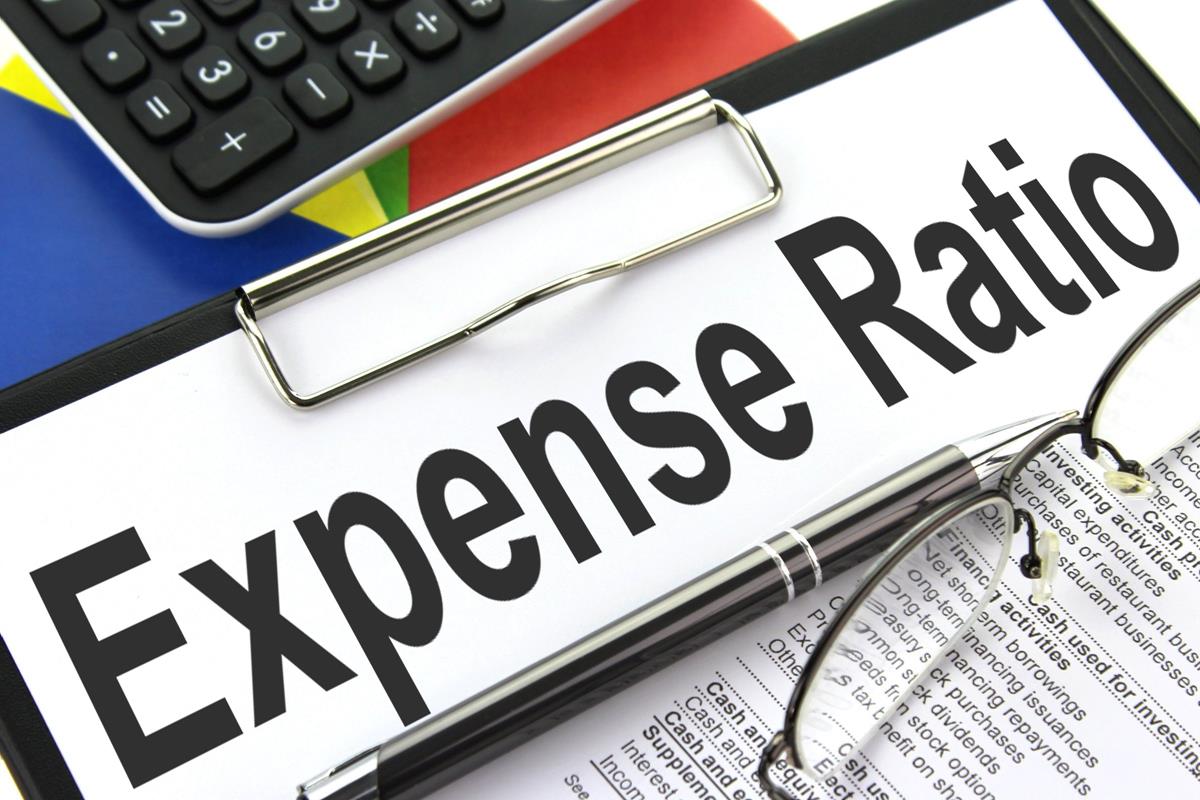 In investing, an expense ratio refers to an annual fee that an investment company will charge to cover the operating costs of managing a mutual fund. An expense ratio will typically be calculated annually by dividing a fund’s operating expenses by the average dollar value of assets under management. The expense ratio not only includes money paid to the investor or advisor, but also record-keeping, administrative fees, custodial services, taxes and accounting expenses. It may even include money used to advertise the mutual fund. Some funds have a 12b-1 fee associated with marketing and distribution cost that is included in expense ratio. A fund’s trading activity is not included in tabulating expense ratio.
In investing, an expense ratio refers to an annual fee that an investment company will charge to cover the operating costs of managing a mutual fund. An expense ratio will typically be calculated annually by dividing a fund’s operating expenses by the average dollar value of assets under management. The expense ratio not only includes money paid to the investor or advisor, but also record-keeping, administrative fees, custodial services, taxes and accounting expenses. It may even include money used to advertise the mutual fund. Some funds have a 12b-1 fee associated with marketing and distribution cost that is included in expense ratio. A fund’s trading activity is not included in tabulating expense ratio.
The cost of operating expenses varies widely depending on the type of fund being managed. In general, index funds, in which a manager is simply following a given index, will have lower expense ratios than actively managed funds. For example, the Vanguard S&P 500 ETF, an index fund based on the S&P 500 Index, has a very low expense ratio at 0.05% annually. Actively managed funds require a team of researchers and analysts, a cost that is then passed on to the shareholder. One of the larger actively managed funds, the Fidelity Contrafund, has an expense ratio of 0.71% annually.

Recent Comments